STRATEGIC MARKETING What is Strategy? Business Definition

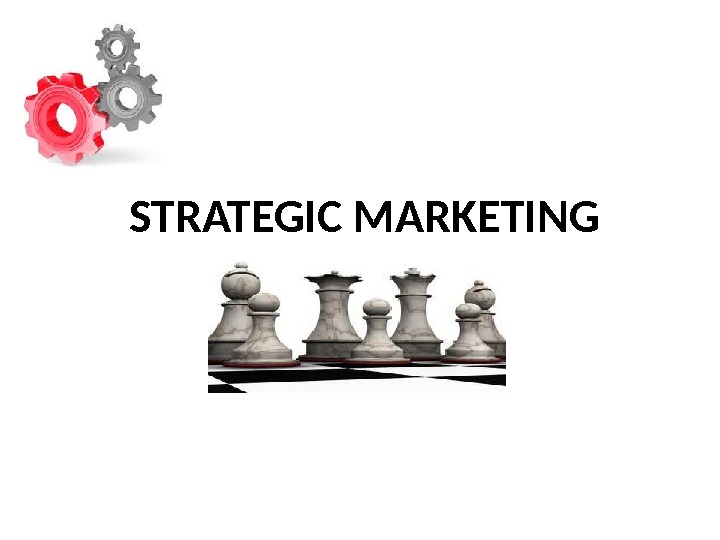
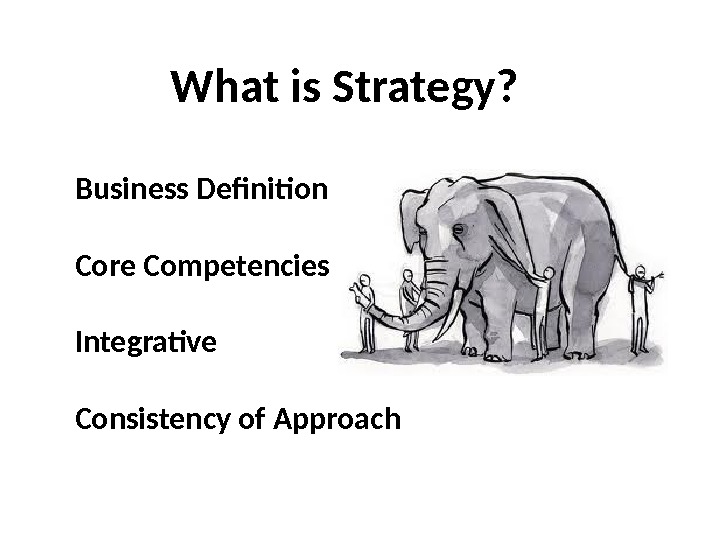
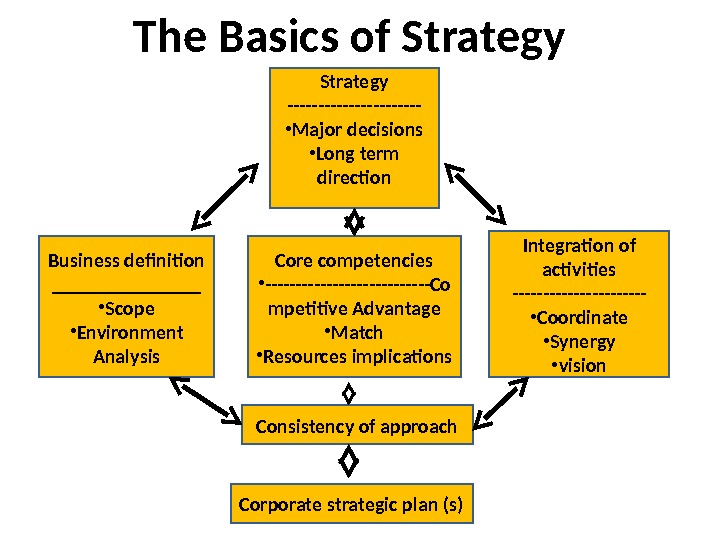
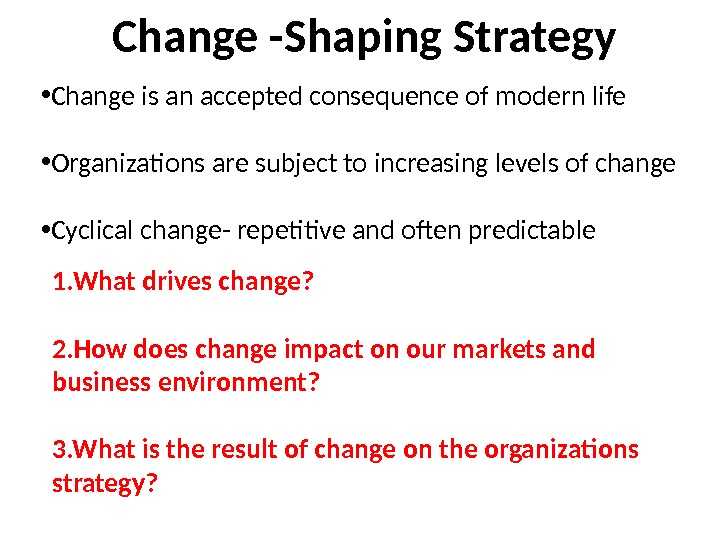
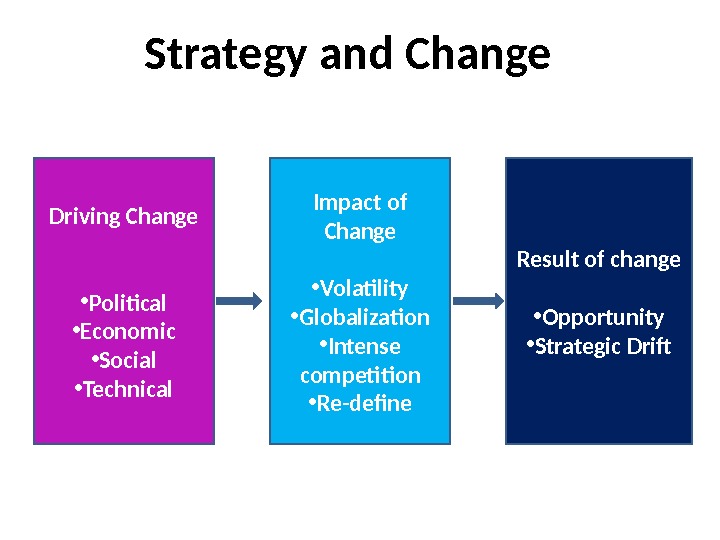
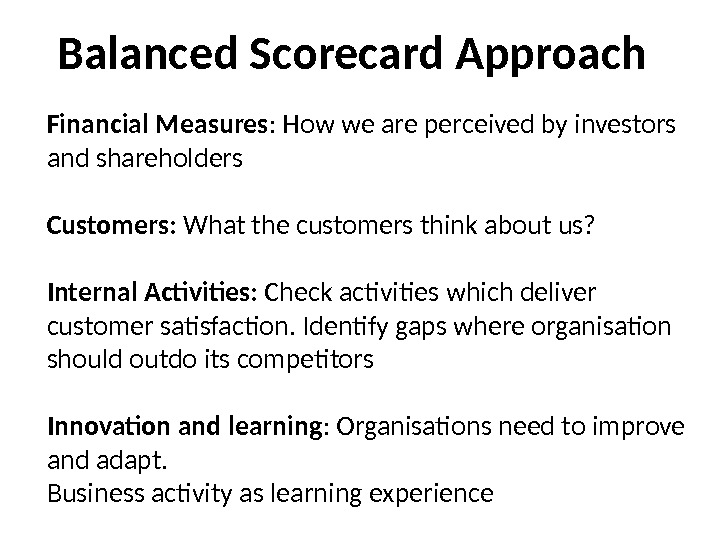
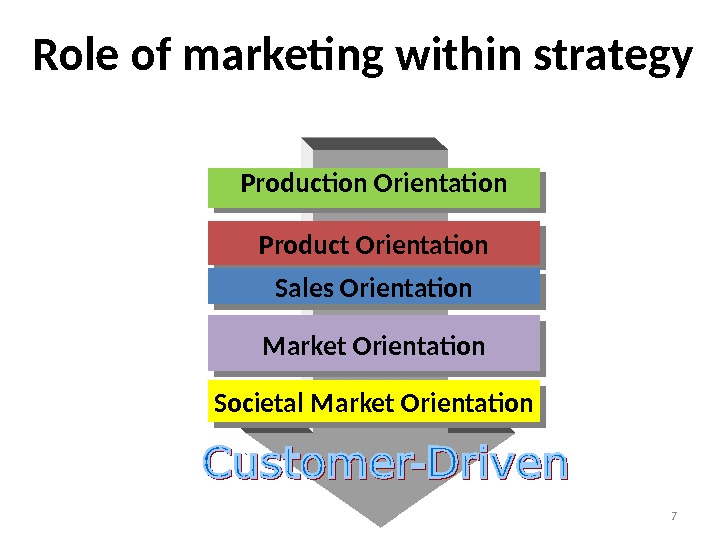
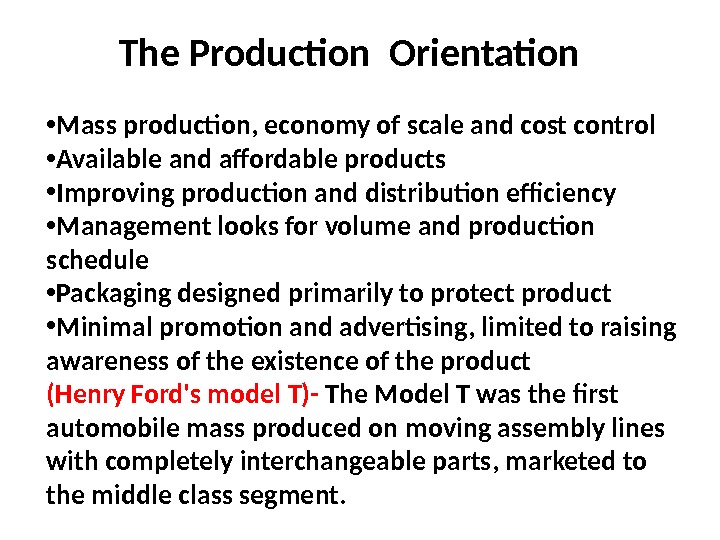
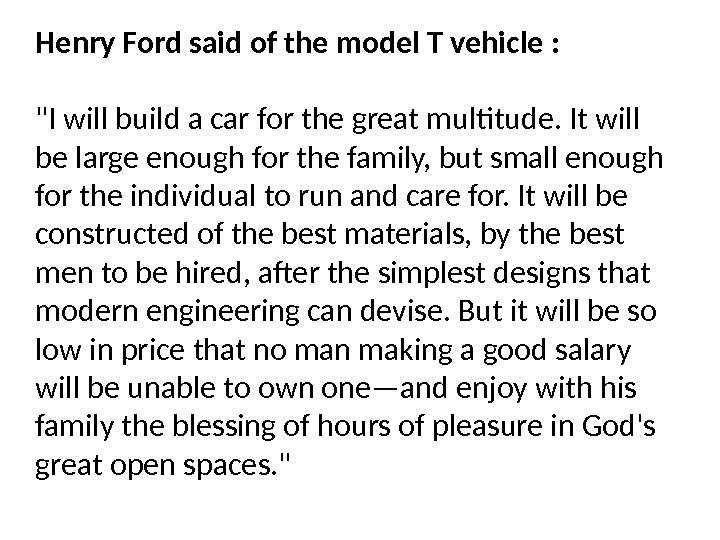
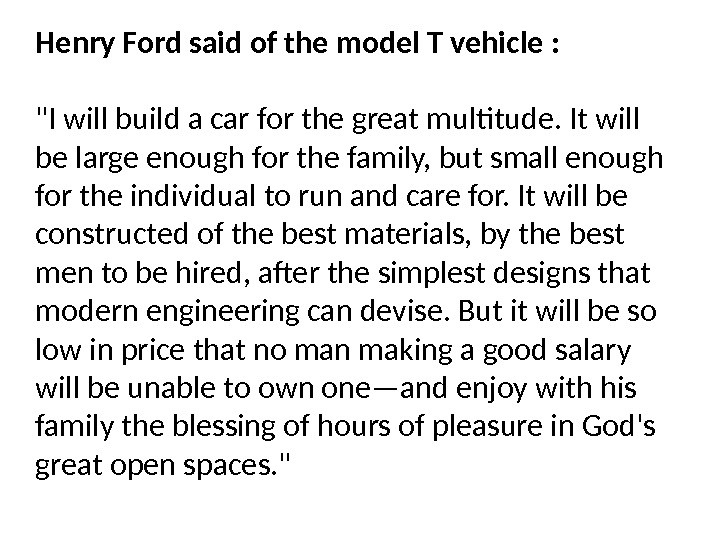
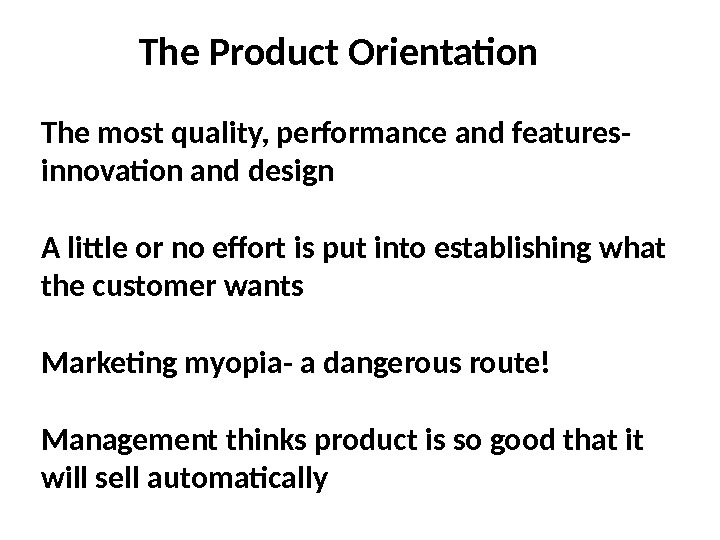
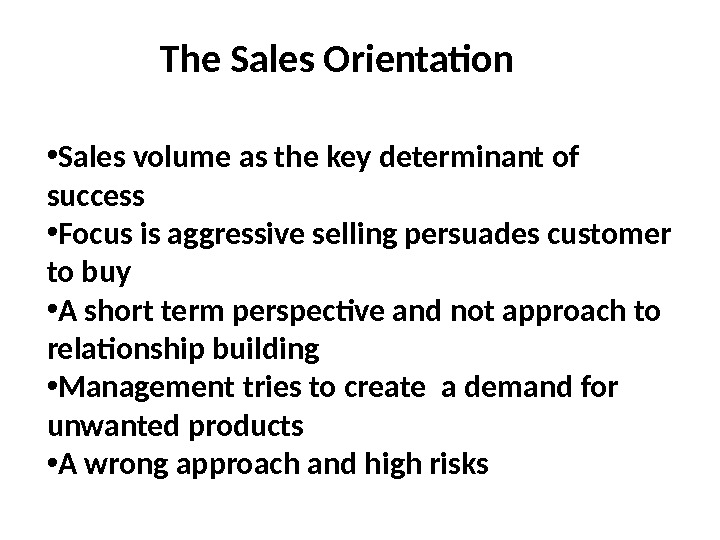
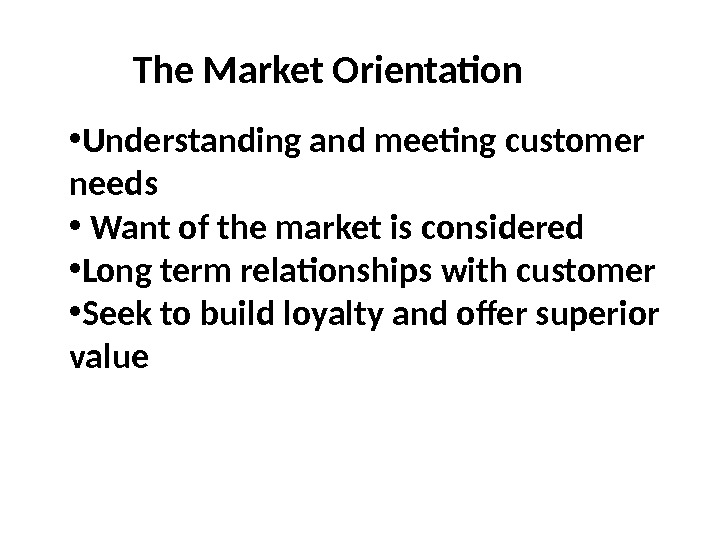
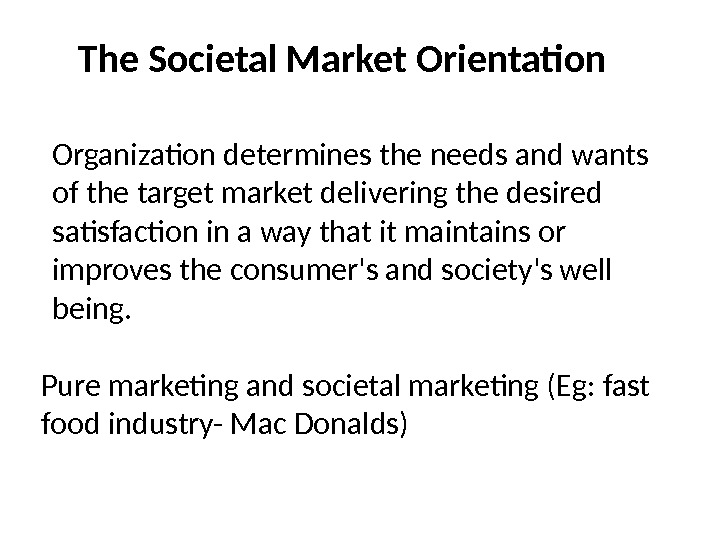
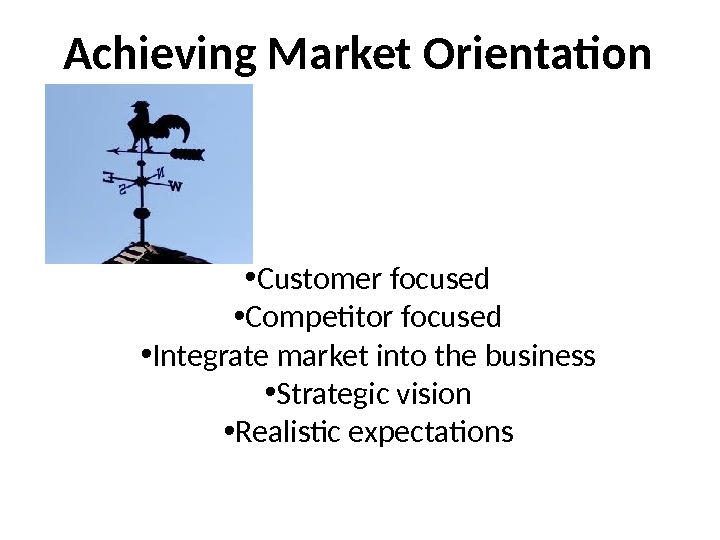
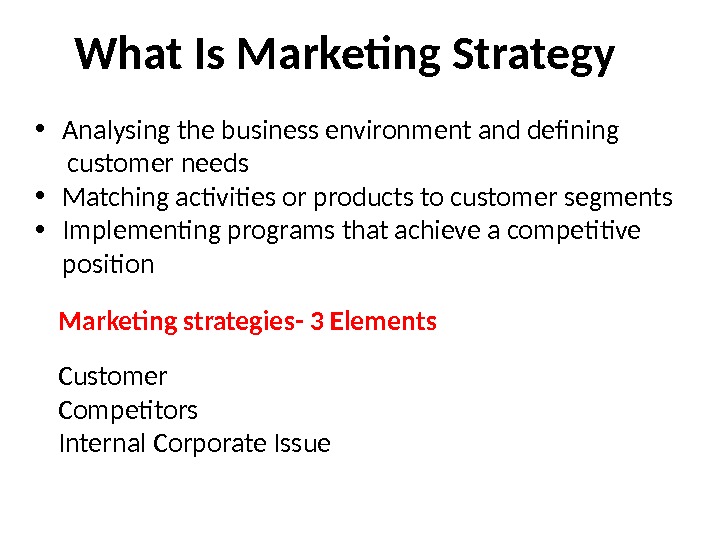
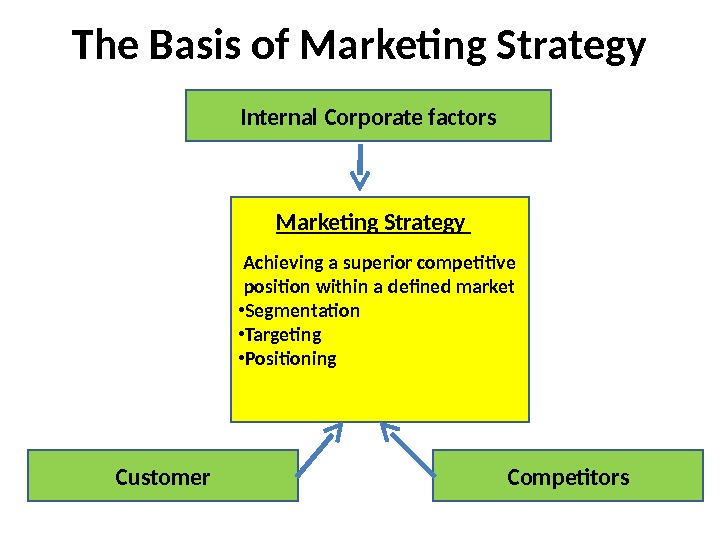
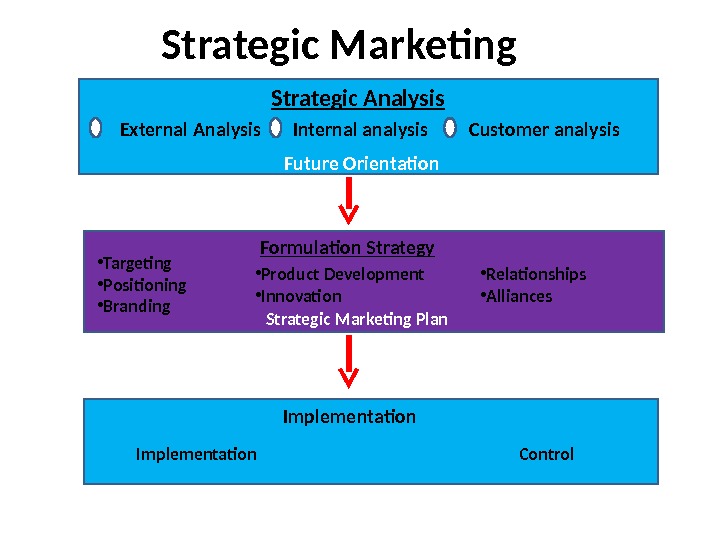
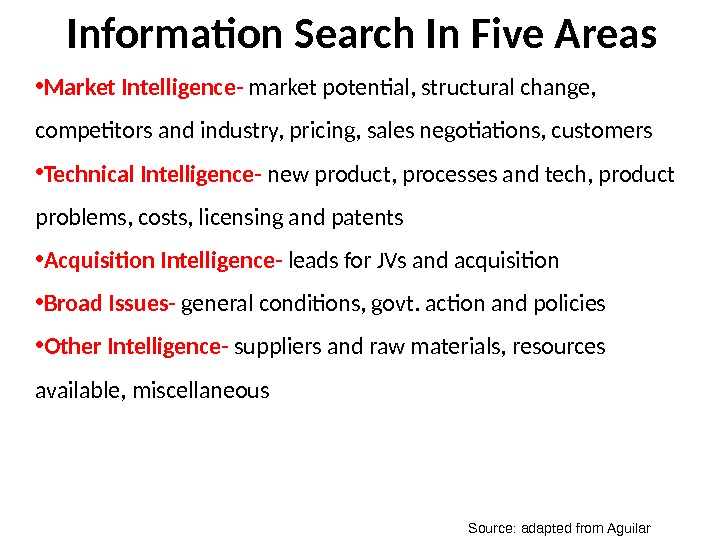


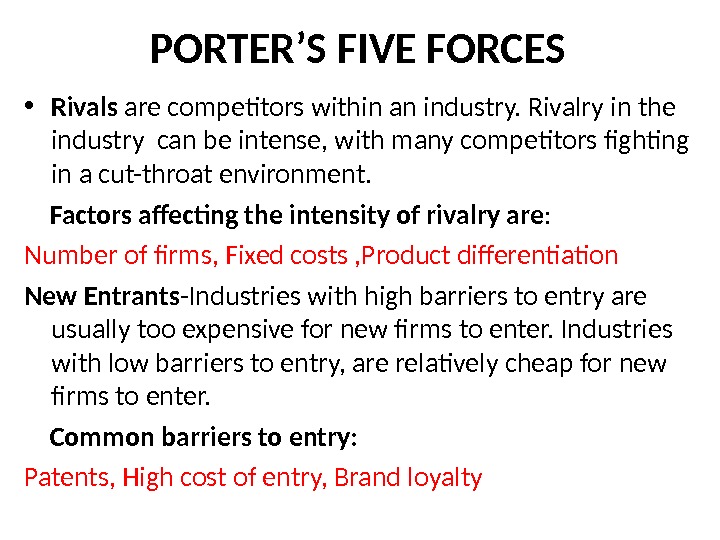
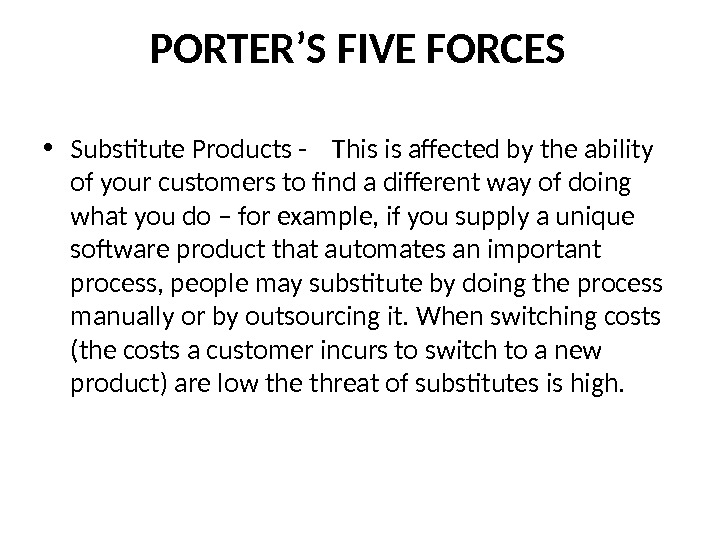
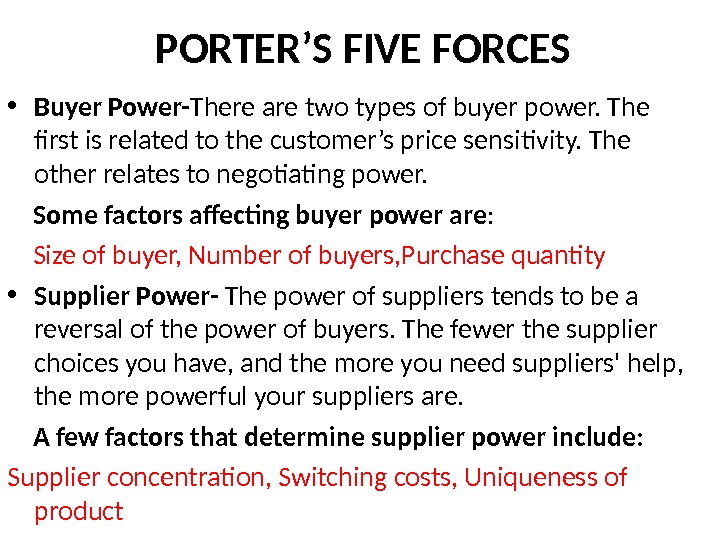
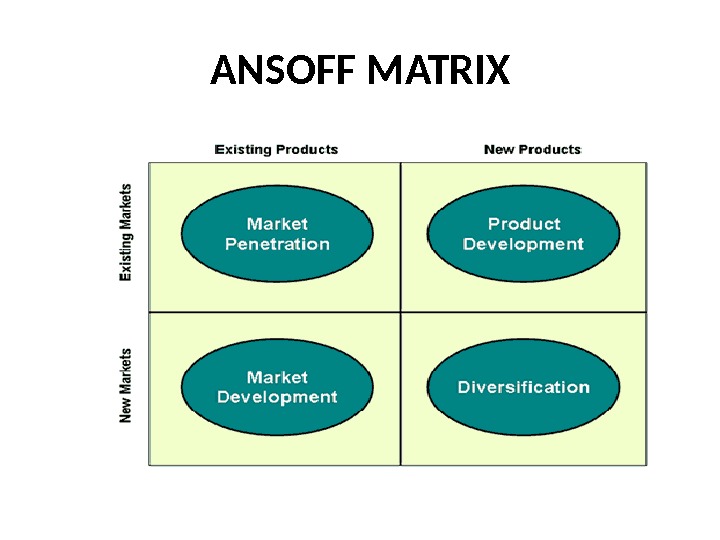
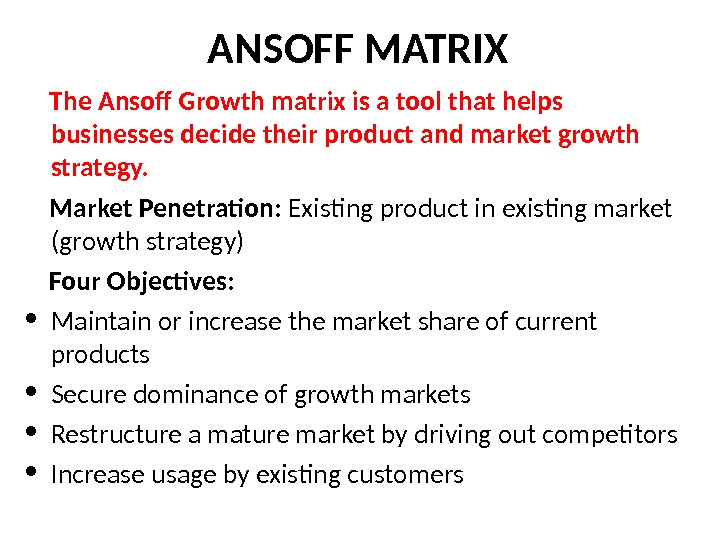
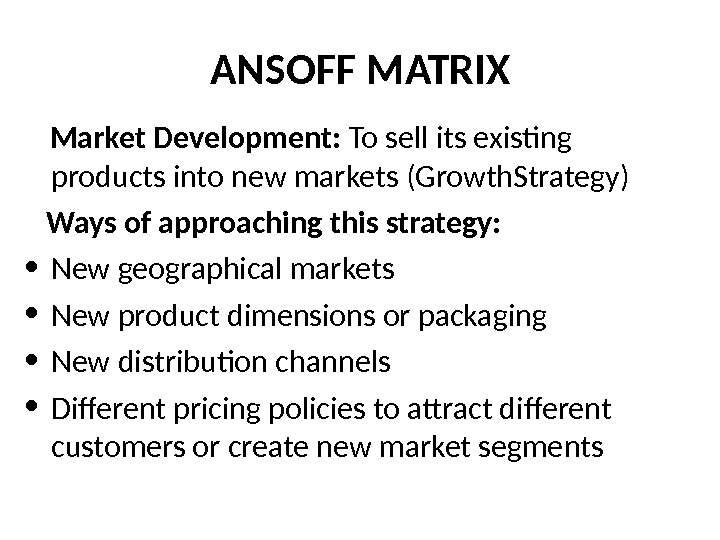
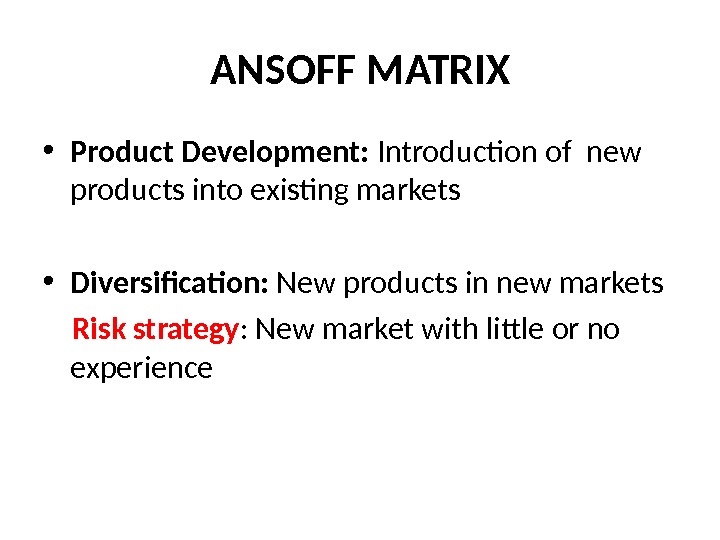
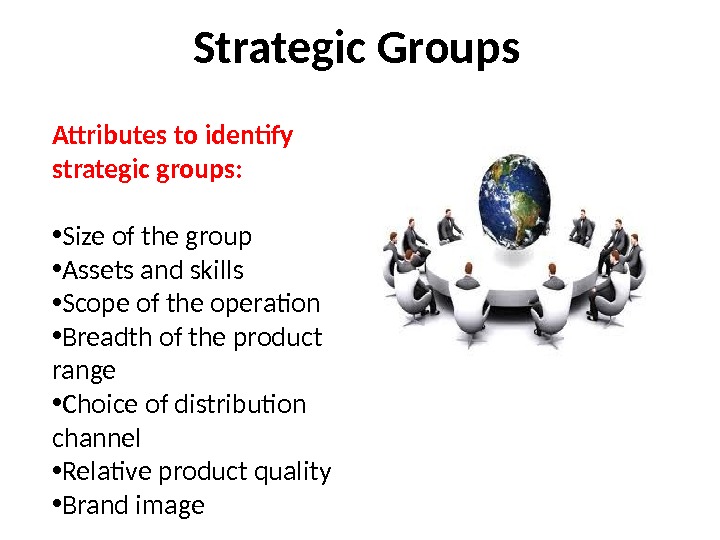
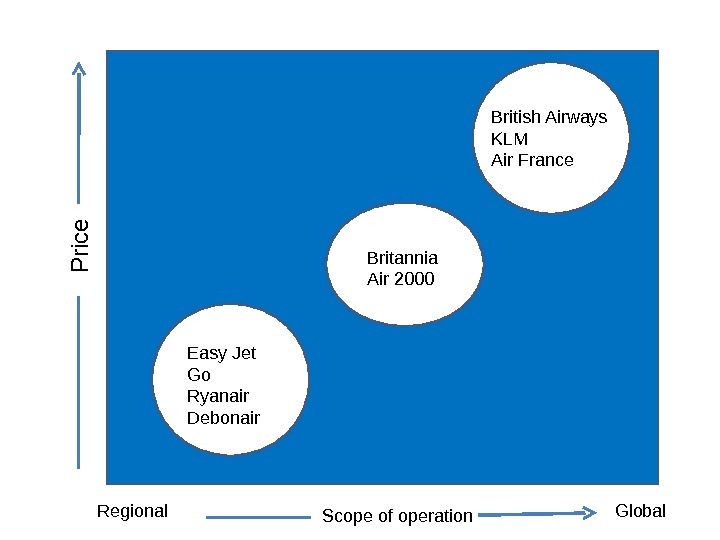
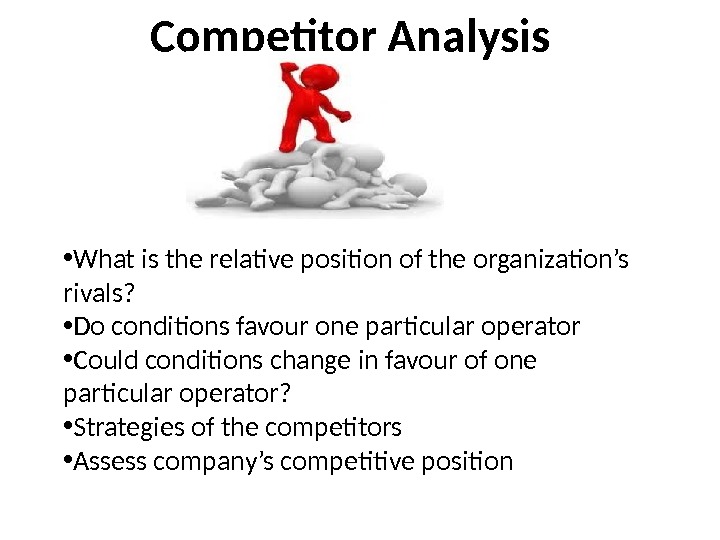
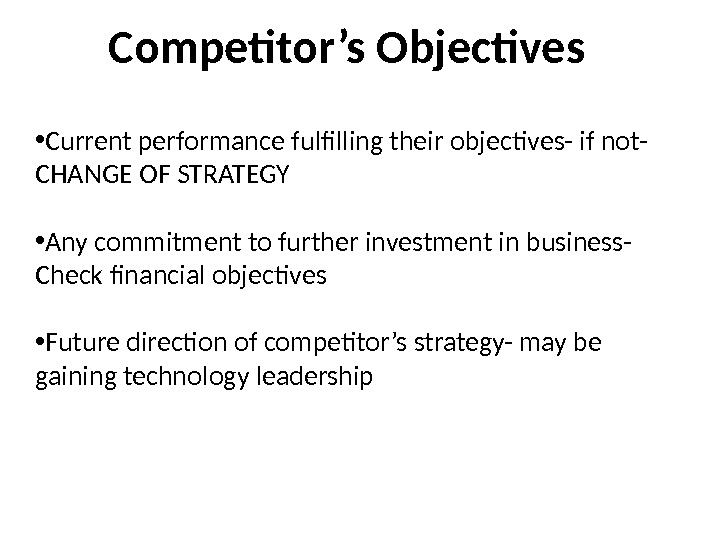
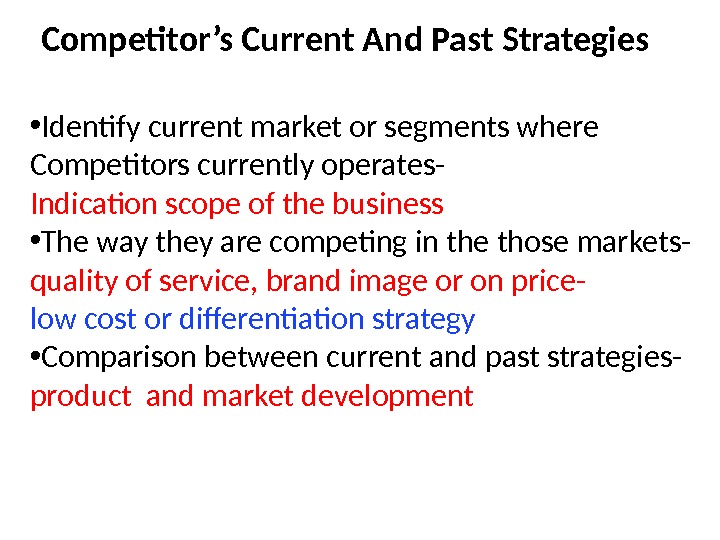

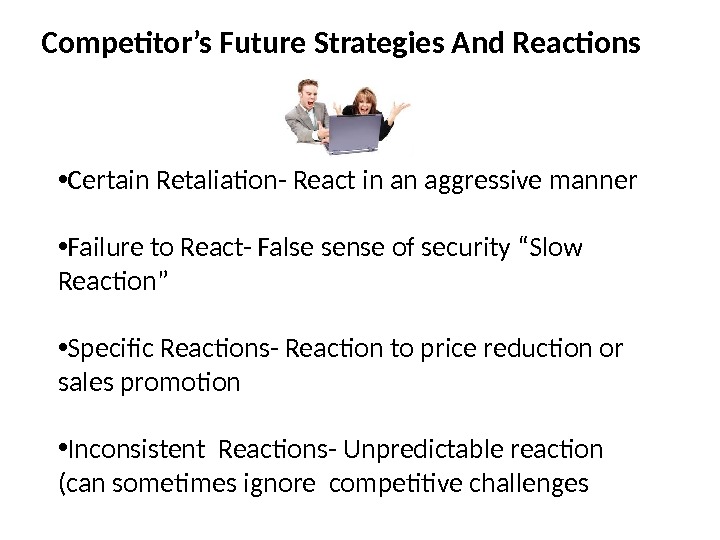
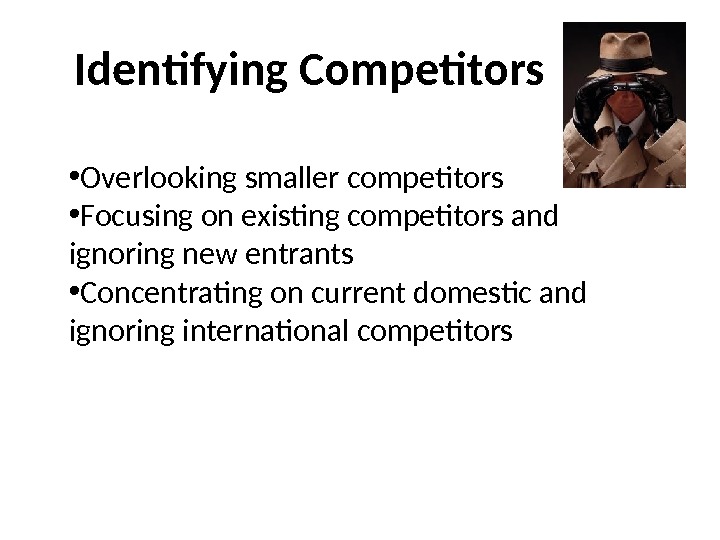
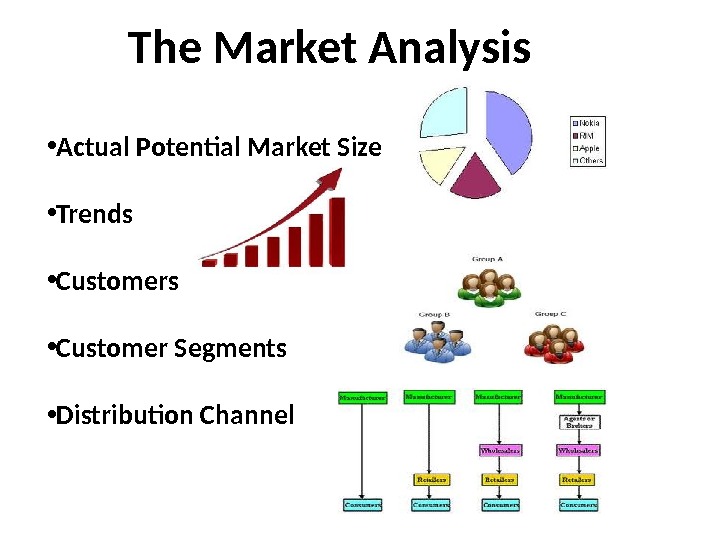

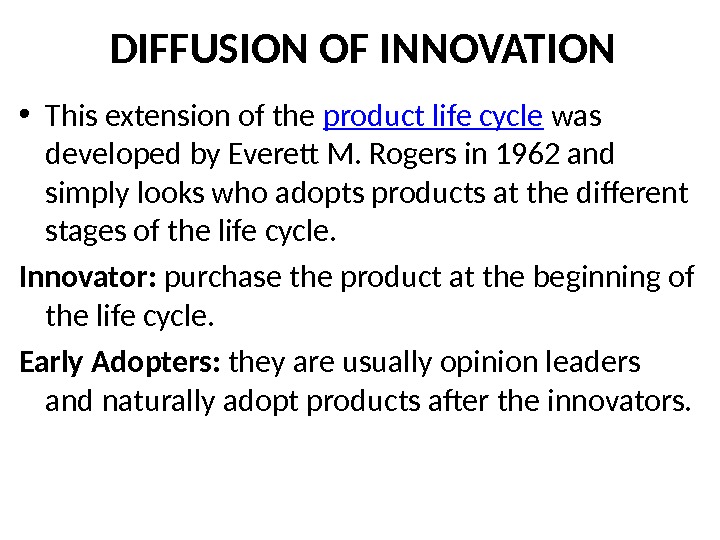
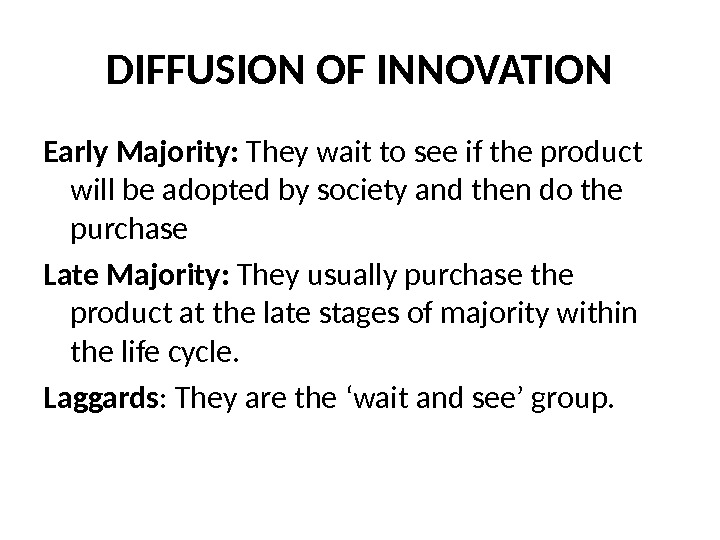
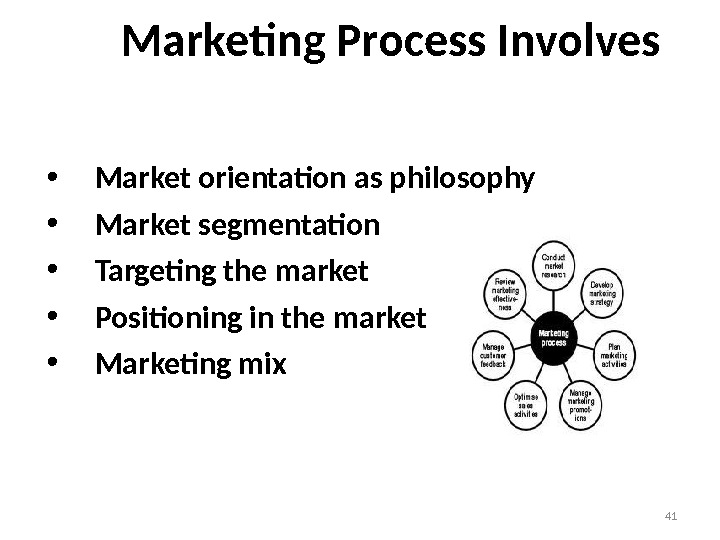


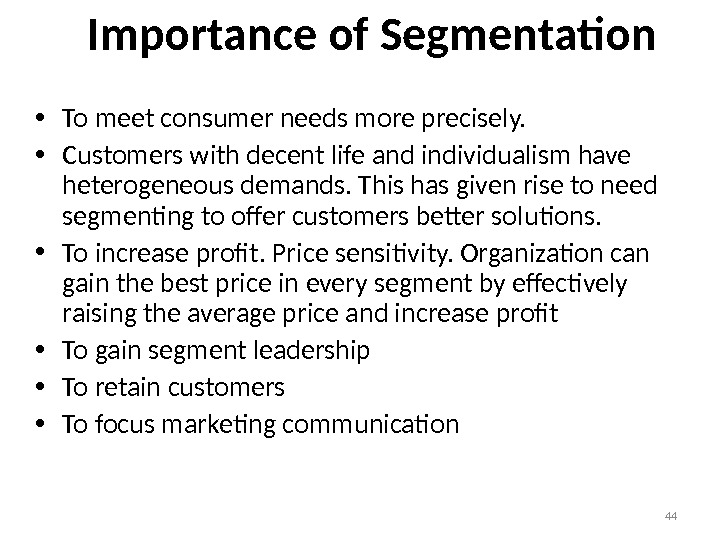
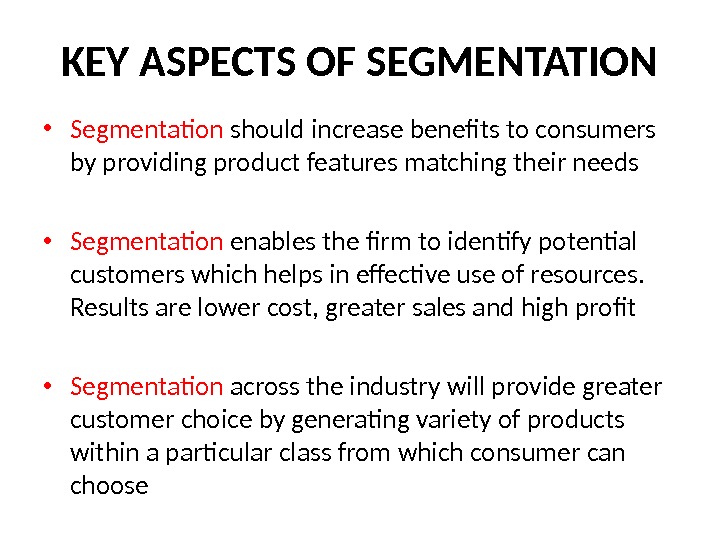

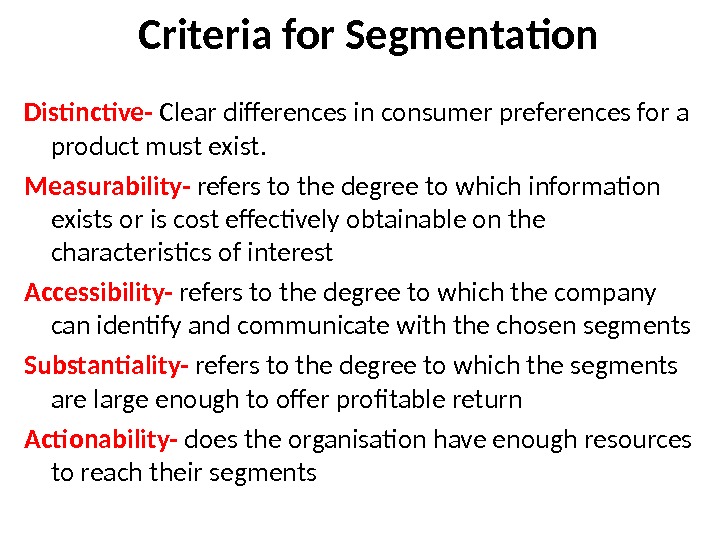
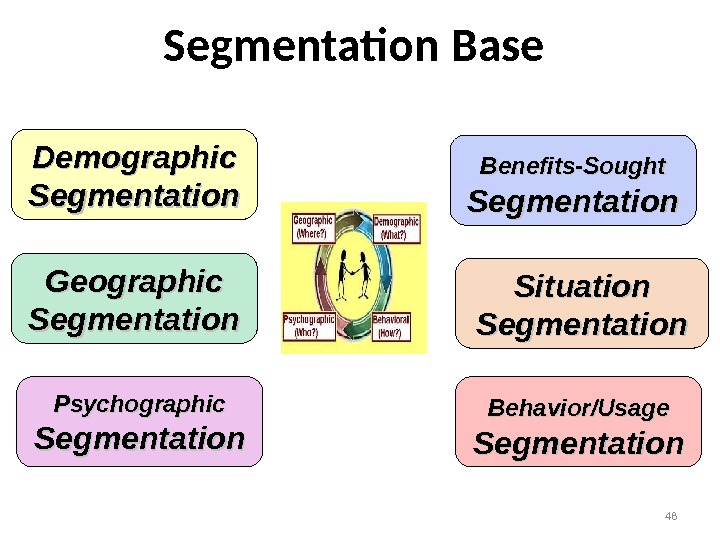
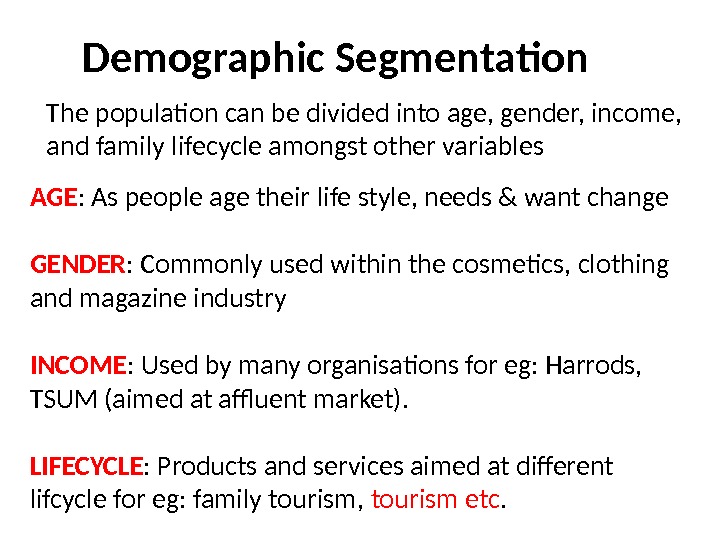

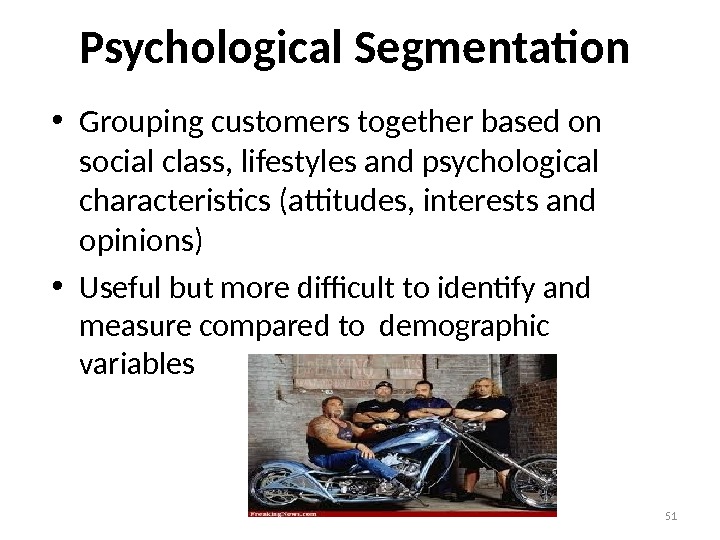
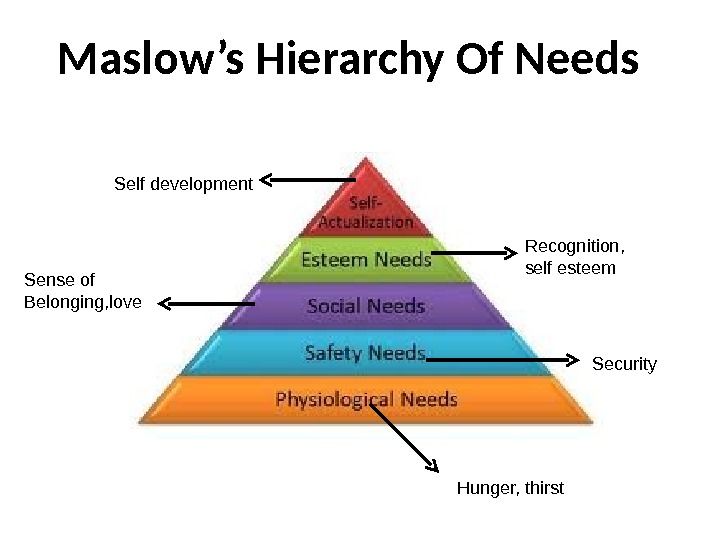
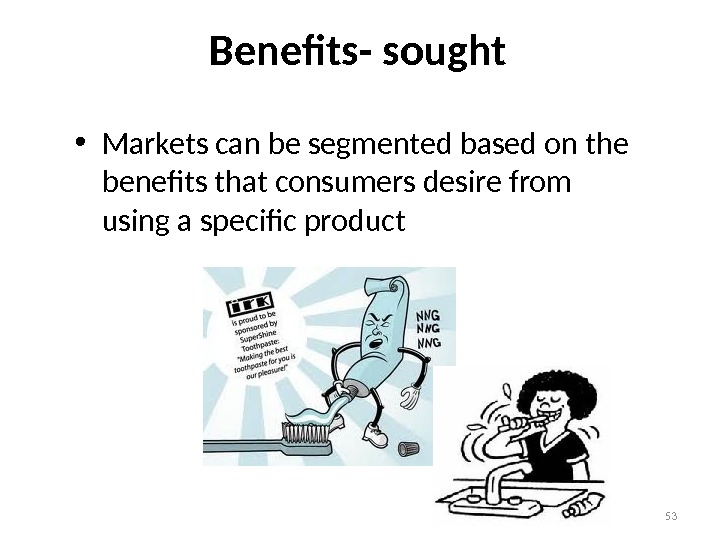
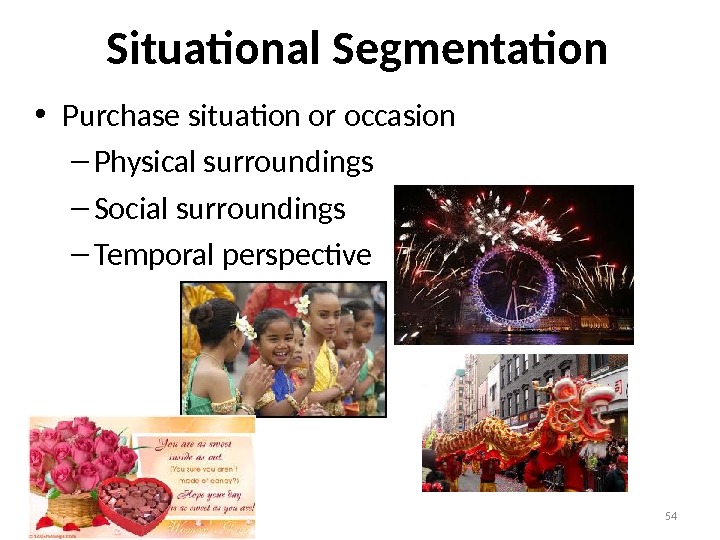
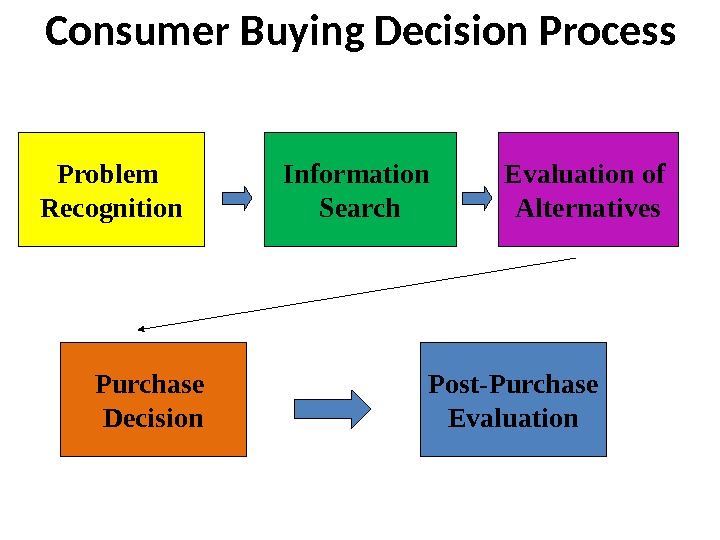
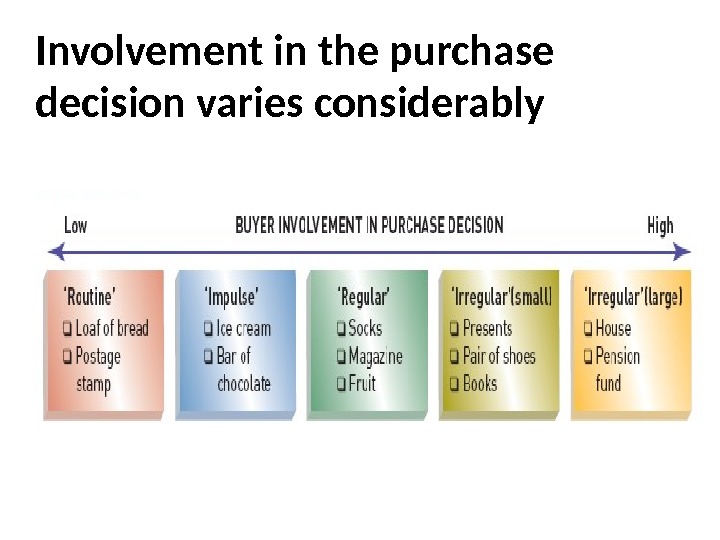
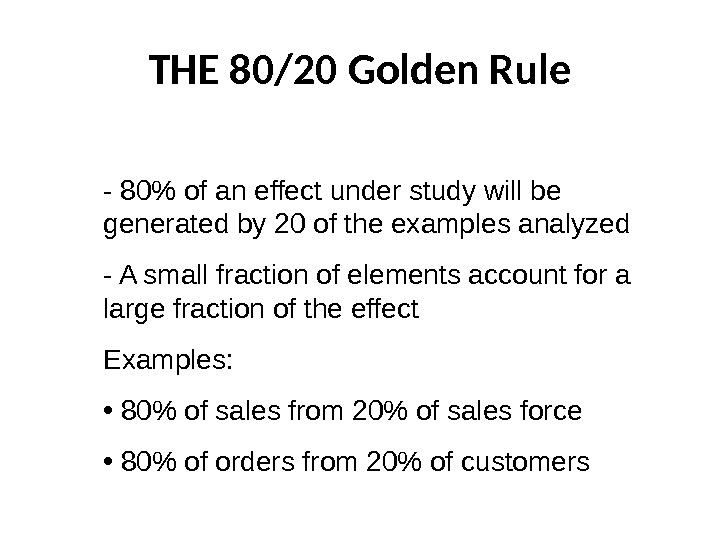

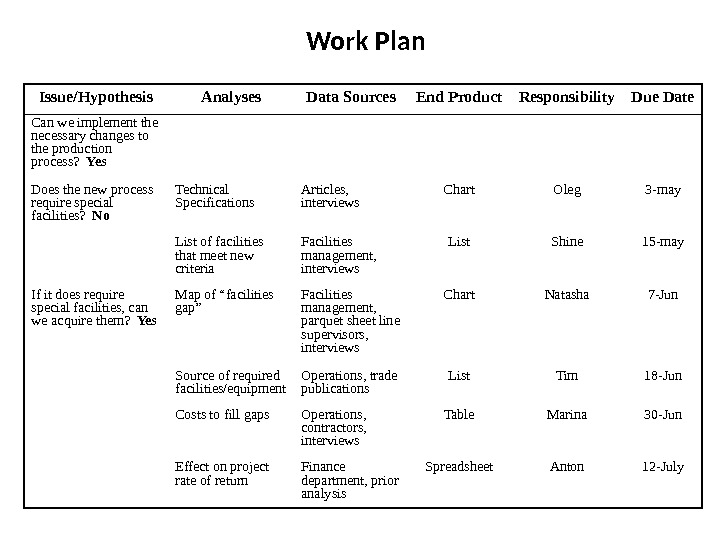
strategic_marketing_1.ppt
- Размер: 1.5 Mегабайта
- Количество слайдов: 59
Описание презентации STRATEGIC MARKETING What is Strategy? Business Definition по слайдам
 STRATEGIC MARKETING
STRATEGIC MARKETING
 What is Strategy? Business Definition Core Competencies Integrative Consistency of Approach
What is Strategy? Business Definition Core Competencies Integrative Consistency of Approach
 The Basics of Strategy Business definition ________ • Scope • Environment Analysis Integration of activities ———— • Coordinate • Synergy • vision. Core competencies • —————Co mpetitive Advantage • Match • Resources implications Strategy ———— • Major decisions • Long term direction Consistency of approach Corporate strategic plan (s)
The Basics of Strategy Business definition ________ • Scope • Environment Analysis Integration of activities ———— • Coordinate • Synergy • vision. Core competencies • —————Co mpetitive Advantage • Match • Resources implications Strategy ———— • Major decisions • Long term direction Consistency of approach Corporate strategic plan (s)
 Change -Shaping Strategy • Change is an accepted consequence of modern life • Organizations are subject to increasing levels of change • Cyclical change- repetitive and often predictable 1. What drives change? 2. How does change impact on our markets and business environment? 3. What is the result of change on the organizations strategy?
Change -Shaping Strategy • Change is an accepted consequence of modern life • Organizations are subject to increasing levels of change • Cyclical change- repetitive and often predictable 1. What drives change? 2. How does change impact on our markets and business environment? 3. What is the result of change on the organizations strategy?
 Strategy and Change Driving Change • Political • Economic • Social • Technical Result of change • Opportunity • Strategic Drif. Impact of Change • Volatility • Globalization • Intense competition • Re-define
Strategy and Change Driving Change • Political • Economic • Social • Technical Result of change • Opportunity • Strategic Drif. Impact of Change • Volatility • Globalization • Intense competition • Re-define
 Balanced Scorecard Approach Financial Measures : How we are perceived by investors and shareholders Customers: What the customers think about us? Internal Activities: Check activities which deliver customer satisfaction. Identify gaps where organisation should outdo its competitors Innovation and learning : Organisations need to improve and adapt. Business activity as learning experience
Balanced Scorecard Approach Financial Measures : How we are perceived by investors and shareholders Customers: What the customers think about us? Internal Activities: Check activities which deliver customer satisfaction. Identify gaps where organisation should outdo its competitors Innovation and learning : Organisations need to improve and adapt. Business activity as learning experience
 7 Production Orientation Product Orientation Sales Orientation Market Orientation Societal Market Orientation. Role of marketing within strategy
7 Production Orientation Product Orientation Sales Orientation Market Orientation Societal Market Orientation. Role of marketing within strategy
 The Production Orientation • Mass production, economy of scale and cost control • Available and affordable products • Improving production and distribution efficiency • Management looks for volume and production schedule • Packaging designed primarily to protect product • Minimal promotion and advertising, limited to raising awareness of the existence of the product (Henry Ford’s model T)- The Model T was the first automobile mass produced on moving assembly lines with completely interchangeable parts, marketed to the middle class segment.
The Production Orientation • Mass production, economy of scale and cost control • Available and affordable products • Improving production and distribution efficiency • Management looks for volume and production schedule • Packaging designed primarily to protect product • Minimal promotion and advertising, limited to raising awareness of the existence of the product (Henry Ford’s model T)- The Model T was the first automobile mass produced on moving assembly lines with completely interchangeable parts, marketed to the middle class segment.
 Henry Ford said of the model T vehicle : «I will build a car for the great multitude. It will be large enough for the family, but small enough for the individual to run and care for. It will be constructed of the best materials, by the best men to be hired, after the simplest designs that modern engineering can devise. But it will be so low in price that no man making a good salary will be unable to own one—and enjoy with his family the blessing of hours of pleasure in God’s great open spaces. «
Henry Ford said of the model T vehicle : «I will build a car for the great multitude. It will be large enough for the family, but small enough for the individual to run and care for. It will be constructed of the best materials, by the best men to be hired, after the simplest designs that modern engineering can devise. But it will be so low in price that no man making a good salary will be unable to own one—and enjoy with his family the blessing of hours of pleasure in God’s great open spaces. «
 Henry Ford said of the model T vehicle : «I will build a car for the great multitude. It will be large enough for the family, but small enough for the individual to run and care for. It will be constructed of the best materials, by the best men to be hired, after the simplest designs that modern engineering can devise. But it will be so low in price that no man making a good salary will be unable to own one—and enjoy with his family the blessing of hours of pleasure in God’s great open spaces. «
Henry Ford said of the model T vehicle : «I will build a car for the great multitude. It will be large enough for the family, but small enough for the individual to run and care for. It will be constructed of the best materials, by the best men to be hired, after the simplest designs that modern engineering can devise. But it will be so low in price that no man making a good salary will be unable to own one—and enjoy with his family the blessing of hours of pleasure in God’s great open spaces. «
 The Product Orientation The most quality, performance and features- innovation and design A little or no effort is put into establishing what the customer wants Marketing myopia- a dangerous route! Management thinks product is so good that it will sell automatically
The Product Orientation The most quality, performance and features- innovation and design A little or no effort is put into establishing what the customer wants Marketing myopia- a dangerous route! Management thinks product is so good that it will sell automatically
 The Sales Orientation • Sales volume as the key determinant of success • Focus is aggressive selling persuades customer to buy • A short term perspective and not approach to relationship building • Management tries to create a demand for unwanted products • A wrong approach and high risks
The Sales Orientation • Sales volume as the key determinant of success • Focus is aggressive selling persuades customer to buy • A short term perspective and not approach to relationship building • Management tries to create a demand for unwanted products • A wrong approach and high risks
 The Market Orientation • Understanding and meeting customer needs • Want of the market is considered • Long term relationships with customer • Seek to build loyalty and offer superior value
The Market Orientation • Understanding and meeting customer needs • Want of the market is considered • Long term relationships with customer • Seek to build loyalty and offer superior value
 The Societal Market Orientation Organization determines the needs and wants of the target market delivering the desired satisfaction in a way that it maintains or improves the consumer’s and society’s well being. Pure marketing and societal marketing (Eg: fast food industry- Mac Donalds)
The Societal Market Orientation Organization determines the needs and wants of the target market delivering the desired satisfaction in a way that it maintains or improves the consumer’s and society’s well being. Pure marketing and societal marketing (Eg: fast food industry- Mac Donalds)
 Achieving Market Orientation • Customer focused • Competitor focused • Integrate market into the business • Strategic vision • Realistic expectations
Achieving Market Orientation • Customer focused • Competitor focused • Integrate market into the business • Strategic vision • Realistic expectations
 What Is Marketing Strategy • Analysing the business environment and defining customer needs • Matching activities or products to customer segments • Implementing programs that achieve a competitive position Marketing strategies- 3 Elements Customer Competitors Internal Corporate Issue
What Is Marketing Strategy • Analysing the business environment and defining customer needs • Matching activities or products to customer segments • Implementing programs that achieve a competitive position Marketing strategies- 3 Elements Customer Competitors Internal Corporate Issue
 The Basis of Marketing Strategy Internal Corporate factors Achieving a superior competitive position within a defined market • Segmentation • Targeting • Positioning Customer Competitors Marketing Strategy
The Basis of Marketing Strategy Internal Corporate factors Achieving a superior competitive position within a defined market • Segmentation • Targeting • Positioning Customer Competitors Marketing Strategy
 Strategic Marketing Strategic Analysis External Analysis Internal analysis Customer analysis Future Orientation Formulation Strategy • Targeting • Positioning • Branding • Product Development • Innovation • Relationships • Alliances Strategic Marketing Plan Implementation Control
Strategic Marketing Strategic Analysis External Analysis Internal analysis Customer analysis Future Orientation Formulation Strategy • Targeting • Positioning • Branding • Product Development • Innovation • Relationships • Alliances Strategic Marketing Plan Implementation Control
 Information Search In Five Areas Source: adapted from Aguilar • Market Intelligence- market potential, structural change, competitors and industry, pricing, sales negotiations, customers • Technical Intelligence- new product, processes and tech, product problems, costs, licensing and patents • Acquisition Intelligence- leads for JVs and acquisition • Broad Issues- general conditions, govt. action and policies • Other Intelligence- suppliers and raw materials, resources available, miscellaneous
Information Search In Five Areas Source: adapted from Aguilar • Market Intelligence- market potential, structural change, competitors and industry, pricing, sales negotiations, customers • Technical Intelligence- new product, processes and tech, product problems, costs, licensing and patents • Acquisition Intelligence- leads for JVs and acquisition • Broad Issues- general conditions, govt. action and policies • Other Intelligence- suppliers and raw materials, resources available, miscellaneous
 PORTER’S FIVE FORCES Source: M Porter
PORTER’S FIVE FORCES Source: M Porter
 PORTER’S FIVE FORCES • Five Forces Analysis helps the marketer to contrast a competitive environment. • Five Forces helps to understand where power lies in a business situation. This is useful, because it helps you to understand both the strength of your current competitive position, and the strength of a position you’re looking to move into. • Five Forces Analysis assumes that there are five important forces like Supplier Power , Buyer Power, Competitive Rivalry , Threat of Substitution and Threat of New Entry
PORTER’S FIVE FORCES • Five Forces Analysis helps the marketer to contrast a competitive environment. • Five Forces helps to understand where power lies in a business situation. This is useful, because it helps you to understand both the strength of your current competitive position, and the strength of a position you’re looking to move into. • Five Forces Analysis assumes that there are five important forces like Supplier Power , Buyer Power, Competitive Rivalry , Threat of Substitution and Threat of New Entry
 PORTER’S FIVE FORCES • Rivals are competitors within an industry. Rivalry in the industry can be intense, with many competitors fighting in a cut-throat environment. Factors affecting the intensity of rivalry are : Number of firms, Fixed costs , Product differentiation New Entrants -Industries with high barriers to entry are usually too expensive for new firms to enter. Industries with low barriers to entry, are relatively cheap for new firms to enter. Common barriers to entry: Patents, High cost of entry, Brand loyalty
PORTER’S FIVE FORCES • Rivals are competitors within an industry. Rivalry in the industry can be intense, with many competitors fighting in a cut-throat environment. Factors affecting the intensity of rivalry are : Number of firms, Fixed costs , Product differentiation New Entrants -Industries with high barriers to entry are usually too expensive for new firms to enter. Industries with low barriers to entry, are relatively cheap for new firms to enter. Common barriers to entry: Patents, High cost of entry, Brand loyalty
 PORTER’S FIVE FORCES • Substitute Products — This is affected by the ability of your customers to find a different way of doing what you do – for example, if you supply a unique software product that automates an important process, people may substitute by doing the process manually or by outsourcing it. When switching costs (the costs a customer incurs to switch to a new product) are low the threat of substitutes is high.
PORTER’S FIVE FORCES • Substitute Products — This is affected by the ability of your customers to find a different way of doing what you do – for example, if you supply a unique software product that automates an important process, people may substitute by doing the process manually or by outsourcing it. When switching costs (the costs a customer incurs to switch to a new product) are low the threat of substitutes is high.
 PORTER’S FIVE FORCES • Buyer Power- There are two types of buyer power. The first is related to the customer’s price sensitivity. The other relates to negotiating power. Some factors affecting buyer power are : Size of buyer, Number of buyers, Purchase quantity • Supplier Power- The power of suppliers tends to be a reversal of the power of buyers. The fewer the supplier choices you have, and the more you need suppliers’ help, the more powerful your suppliers are. A few factors that determine supplier power include: Supplier concentration, Switching costs, Uniqueness of product
PORTER’S FIVE FORCES • Buyer Power- There are two types of buyer power. The first is related to the customer’s price sensitivity. The other relates to negotiating power. Some factors affecting buyer power are : Size of buyer, Number of buyers, Purchase quantity • Supplier Power- The power of suppliers tends to be a reversal of the power of buyers. The fewer the supplier choices you have, and the more you need suppliers’ help, the more powerful your suppliers are. A few factors that determine supplier power include: Supplier concentration, Switching costs, Uniqueness of product
 ANSOFF MATRIX
ANSOFF MATRIX
 ANSOFF MATRIX The Ansoff Growth matrix is a tool that helps businesses decide their product and market growth strategy. Market Penetration: Existing product in existing market (growth strategy) Four Objectives: • Maintain or increase the market share of current products • Secure dominance of growth markets • Restructure a mature market by driving out competitors • Increase usage by existing customers
ANSOFF MATRIX The Ansoff Growth matrix is a tool that helps businesses decide their product and market growth strategy. Market Penetration: Existing product in existing market (growth strategy) Four Objectives: • Maintain or increase the market share of current products • Secure dominance of growth markets • Restructure a mature market by driving out competitors • Increase usage by existing customers
 ANSOFF MATRIX Market Development: To sell its existing products into new markets (Growth. Strategy) Ways of approaching this strategy: • New geographical markets • New product dimensions or packaging • New distribution channels • Different pricing policies to attract different customers or create new market segments
ANSOFF MATRIX Market Development: To sell its existing products into new markets (Growth. Strategy) Ways of approaching this strategy: • New geographical markets • New product dimensions or packaging • New distribution channels • Different pricing policies to attract different customers or create new market segments
 ANSOFF MATRIX • Product Development: I ntroduction of new products into existing markets • Diversification: New products in new markets Risk strategy : New market with little or no experience
ANSOFF MATRIX • Product Development: I ntroduction of new products into existing markets • Diversification: New products in new markets Risk strategy : New market with little or no experience
 Strategic Groups Attributes to identify strategic groups: • Size of the group • Assets and skills • Scope of the operation • Breadth of the product range • Choice of distribution channel • Relative product quality • Brand image
Strategic Groups Attributes to identify strategic groups: • Size of the group • Assets and skills • Scope of the operation • Breadth of the product range • Choice of distribution channel • Relative product quality • Brand image
 Briti British Airways KLM Air France Britannia Air 2000 Easy Jet Go Ryanair Debonair. P ric e Regional Global Scope of operation
Briti British Airways KLM Air France Britannia Air 2000 Easy Jet Go Ryanair Debonair. P ric e Regional Global Scope of operation
 Competitor Analysis • What is the relative position of the organization’s rivals? • Do conditions favour one particular operator • Could conditions change in favour of one particular operator? • Strategies of the competitors • Assess company’s competitive position
Competitor Analysis • What is the relative position of the organization’s rivals? • Do conditions favour one particular operator • Could conditions change in favour of one particular operator? • Strategies of the competitors • Assess company’s competitive position
 Competitor’s Objectives • Current performance fulfilling their objectives- if not- CHANGE OF STRATEGY • Any commitment to further investment in business- Check financial objectives • Future direction of competitor’s strategy- may be gaining technology leadership
Competitor’s Objectives • Current performance fulfilling their objectives- if not- CHANGE OF STRATEGY • Any commitment to further investment in business- Check financial objectives • Future direction of competitor’s strategy- may be gaining technology leadership
 Competitor’s Current And Past Strategies • Identify current market or segments where Competitors currently operates- Indication scope of the business • The way they are competing in the those markets- quality of service, brand image or on price- low cost or differentiation strategy • Comparison between current and past strategies- product and market development
Competitor’s Current And Past Strategies • Identify current market or segments where Competitors currently operates- Indication scope of the business • The way they are competing in the those markets- quality of service, brand image or on price- low cost or differentiation strategy • Comparison between current and past strategies- product and market development
 Competitor’s Capabilities • Management Capabilities • Marketing Capabilities • Innovation Capabilities • Production Capabilities
Competitor’s Capabilities • Management Capabilities • Marketing Capabilities • Innovation Capabilities • Production Capabilities
 Competitor’s Future Strategies And Reactions • Certain Retaliation- React in an aggressive manner • Failure to React- False sense of security “Slow Reaction” • Specific Reactions- Reaction to price reduction or sales promotion • Inconsistent Reactions- Unpredictable reaction (can sometimes ignore competitive challenges
Competitor’s Future Strategies And Reactions • Certain Retaliation- React in an aggressive manner • Failure to React- False sense of security “Slow Reaction” • Specific Reactions- Reaction to price reduction or sales promotion • Inconsistent Reactions- Unpredictable reaction (can sometimes ignore competitive challenges
 Identifying Competitors • Overlooking smaller competitors • Focusing on existing competitors and ignoring new entrants • Concentrating on current domestic and ignoring international competitors
Identifying Competitors • Overlooking smaller competitors • Focusing on existing competitors and ignoring new entrants • Concentrating on current domestic and ignoring international competitors
 The Market Analysis • Actual Potential Market Size • Trends • Customer Segments • Distribution Channel
The Market Analysis • Actual Potential Market Size • Trends • Customer Segments • Distribution Channel
 DIFFUSION OF INNOVATION Source: Everett M. Rogers
DIFFUSION OF INNOVATION Source: Everett M. Rogers
 DIFFUSION OF INNOVATION • This extension of the product life cycle was developed by Everett M. Rogers in 1962 and simply looks who adopts products at the different stages of the life cycle. Innovator: purchase the product at the beginning of the life cycle. Early Adopters: they are usually opinion leaders and naturally adopt products after the innovators.
DIFFUSION OF INNOVATION • This extension of the product life cycle was developed by Everett M. Rogers in 1962 and simply looks who adopts products at the different stages of the life cycle. Innovator: purchase the product at the beginning of the life cycle. Early Adopters: they are usually opinion leaders and naturally adopt products after the innovators.
 DIFFUSION OF INNOVATION Early Majority: They wait to see if the product will be adopted by society and then do the purchase Late Majority: They usually purchase the product at the late stages of majority within the life cycle. Laggards : They are the ‘wait and see’ group.
DIFFUSION OF INNOVATION Early Majority: They wait to see if the product will be adopted by society and then do the purchase Late Majority: They usually purchase the product at the late stages of majority within the life cycle. Laggards : They are the ‘wait and see’ group.
 41 Marketing Process Involves • Market orientation as philosophy • Market segmentation • Targeting the market • Positioning in the market • Marketing mix
41 Marketing Process Involves • Market orientation as philosophy • Market segmentation • Targeting the market • Positioning in the market • Marketing mix
 Segmentation “ Market segmentation is the subdividing of a market into distinct subsets of customers, where any subset may conceivably be selected as a target market to be reached with a distinct marketing mix”. (Kotler)
Segmentation “ Market segmentation is the subdividing of a market into distinct subsets of customers, where any subset may conceivably be selected as a target market to be reached with a distinct marketing mix”. (Kotler)
 43 Segmentation • Segmenting means dividing a heterogeneous demanding markets into homogenous groups based on similar characteristics or traits • Heterogeneous demand- different groups of customers have differing needs from specific products. • Homogeneous segment- the separation of markets into distinctive groups based on homogeneous characteristics.
43 Segmentation • Segmenting means dividing a heterogeneous demanding markets into homogenous groups based on similar characteristics or traits • Heterogeneous demand- different groups of customers have differing needs from specific products. • Homogeneous segment- the separation of markets into distinctive groups based on homogeneous characteristics.
 44 Importance of Segmentation • To meet consumer needs more precisely. • Customers with decent life and individualism have heterogeneous demands. This has given rise to need segmenting to offer customers better solutions. • To increase profit. Price sensitivity. Organization can gain the best price in every segment by effectively raising the average price and increase profit • To gain segment leadership • To retain customers • To focus marketing communication
44 Importance of Segmentation • To meet consumer needs more precisely. • Customers with decent life and individualism have heterogeneous demands. This has given rise to need segmenting to offer customers better solutions. • To increase profit. Price sensitivity. Organization can gain the best price in every segment by effectively raising the average price and increase profit • To gain segment leadership • To retain customers • To focus marketing communication
 KEY ASPECTS OF SEGMENTATION • Segmentation should increase benefits to consumers by providing product features matching their needs • Segmentation enables the firm to identify potential customers which helps in effective use of resources. Results are lower cost, greater sales and high profit • Segmentation across the industry will provide greater customer choice by generating variety of products within a particular class from which consumer can choose
KEY ASPECTS OF SEGMENTATION • Segmentation should increase benefits to consumers by providing product features matching their needs • Segmentation enables the firm to identify potential customers which helps in effective use of resources. Results are lower cost, greater sales and high profit • Segmentation across the industry will provide greater customer choice by generating variety of products within a particular class from which consumer can choose
 46 Criteria For Successful Segmentation. Distinctive Measurable Identifiable Substantial Actionable Accessible
46 Criteria For Successful Segmentation. Distinctive Measurable Identifiable Substantial Actionable Accessible
 Criteria for Segmentation Distinctive- Clear differences in consumer preferences for a product must exist. Measurability- refers to the degree to which information exists or is cost effectively obtainable on the characteristics of interest Accessibility- refers to the degree to which the company can identify and communicate with the chosen segments Substantiality- refers to the degree to which the segments are large enough to offer profitable return Actionability- does the organisation have enough resources to reach their segments
Criteria for Segmentation Distinctive- Clear differences in consumer preferences for a product must exist. Measurability- refers to the degree to which information exists or is cost effectively obtainable on the characteristics of interest Accessibility- refers to the degree to which the company can identify and communicate with the chosen segments Substantiality- refers to the degree to which the segments are large enough to offer profitable return Actionability- does the organisation have enough resources to reach their segments
 48 Segmentation Base Situation Segmentation Psychographic Segmentation Geographic Segmentation Behavior/Usage Segmentation. Demographic Segmentation Benefits-Sought Segmentation
48 Segmentation Base Situation Segmentation Psychographic Segmentation Geographic Segmentation Behavior/Usage Segmentation. Demographic Segmentation Benefits-Sought Segmentation
 Demographic Segmentation The population can be divided into age, gender, income, and family lifecycle amongst other variables AGE : As people age their life style, needs & want change GENDER : Commonly used within the cosmetics, clothing and magazine industry INCOME : Used by many organisations for eg: Harrods, TSUM (aimed at affluent market). LIFECYCLE : Products and services aimed at different lifcycle for eg: family tourism, tourism etc.
Demographic Segmentation The population can be divided into age, gender, income, and family lifecycle amongst other variables AGE : As people age their life style, needs & want change GENDER : Commonly used within the cosmetics, clothing and magazine industry INCOME : Used by many organisations for eg: Harrods, TSUM (aimed at affluent market). LIFECYCLE : Products and services aimed at different lifcycle for eg: family tourism, tourism etc.
 GEOGRAPHIC SEGMENTATION Geographical segmentation divides markets into different geographical areas. An area can be divided by the town, the region or the country. Why do you need geographic segmentation ? To understand consumers certain characteristics and behaviours which are peculiar for that region, country or area.
GEOGRAPHIC SEGMENTATION Geographical segmentation divides markets into different geographical areas. An area can be divided by the town, the region or the country. Why do you need geographic segmentation ? To understand consumers certain characteristics and behaviours which are peculiar for that region, country or area.
 51 • Grouping customers together based on social class, lifestyles and psychological characteristics (attitudes, interests and opinions) • Useful but more difficult to identify and measure compared to demographic variables Psychological Segmentation
51 • Grouping customers together based on social class, lifestyles and psychological characteristics (attitudes, interests and opinions) • Useful but more difficult to identify and measure compared to demographic variables Psychological Segmentation
 Maslow’s Hierarchy Of Needs Hunger, thirst Security. Sense of Belonging, love Recognition, self esteem. Self development
Maslow’s Hierarchy Of Needs Hunger, thirst Security. Sense of Belonging, love Recognition, self esteem. Self development
 53 Benefits- sought • Markets can be segmented based on the benefits that consumers desire from using a specific product
53 Benefits- sought • Markets can be segmented based on the benefits that consumers desire from using a specific product
 54 Situational Segmentation • Purchase situation or occasion – Physical surroundings – Social surroundings – Temporal perspective
54 Situational Segmentation • Purchase situation or occasion – Physical surroundings – Social surroundings – Temporal perspective
 Consumer Buying Decision Process Problem Recognition Information Search Evaluation of Alternatives Purchase Decision Post-Purchase Evaluation
Consumer Buying Decision Process Problem Recognition Information Search Evaluation of Alternatives Purchase Decision Post-Purchase Evaluation
 Consumer buying process Involvement in the purchase decision varies considerably
Consumer buying process Involvement in the purchase decision varies considerably
 THE 80/20 Golden Rule — 80% of an effect under study will be generated by 20 of the examples analyzed — A small fraction of elements account for a large fraction of the effect Examples: • 80% of sales from 20% of sales force • 80% of orders from 20% of customers
THE 80/20 Golden Rule — 80% of an effect under study will be generated by 20 of the examples analyzed — A small fraction of elements account for a large fraction of the effect Examples: • 80% of sales from 20% of sales force • 80% of orders from 20% of customers
 Strategic Problem-Solving Model Data. Intuition. Managing • Team • Client • Self Leadership • Vision • Inspiration • Delegation Problem Solution Implementation • Dedication • Reaction • Completion • Iteration. Business Need • Competitive • Organizational • Financial • Operational Analyzing • Framing • Designing • Gathering • Interpreting Presenting • Structure • Buy-in
Strategic Problem-Solving Model Data. Intuition. Managing • Team • Client • Self Leadership • Vision • Inspiration • Delegation Problem Solution Implementation • Dedication • Reaction • Completion • Iteration. Business Need • Competitive • Organizational • Financial • Operational Analyzing • Framing • Designing • Gathering • Interpreting Presenting • Structure • Buy-in
 Work Plan Issue/Hypothesis Analyses Data Sources End Product Responsibility Due Date Can we implement the necessary changes to the production process? Yes Does the new process require special facilities? No Technical Specifications Articles, interviews Chart Oleg 3 -may List of facilities that meet new criteria Facilities management, interviews List Shine 15 -may If it does require special facilities, can we acquire them? Yes Map of “facilities gap” Facilities management, parquet sheet line supervisors, interviews Chart Natasha 7 -Jun Source of required facilities/equipment Operations, trade publications List Tim 18 -Jun Costs to fill gaps Operations, contractors, interviews Table Marina 30 -Jun Effect on project rate of return Finance department, prior analysis Spreadsheet Anton 12 -July
Work Plan Issue/Hypothesis Analyses Data Sources End Product Responsibility Due Date Can we implement the necessary changes to the production process? Yes Does the new process require special facilities? No Technical Specifications Articles, interviews Chart Oleg 3 -may List of facilities that meet new criteria Facilities management, interviews List Shine 15 -may If it does require special facilities, can we acquire them? Yes Map of “facilities gap” Facilities management, parquet sheet line supervisors, interviews Chart Natasha 7 -Jun Source of required facilities/equipment Operations, trade publications List Tim 18 -Jun Costs to fill gaps Operations, contractors, interviews Table Marina 30 -Jun Effect on project rate of return Finance department, prior analysis Spreadsheet Anton 12 -July

